The 13 Key Principles of Interior Design Explained

Designing an incredible space requires passion, talent, and most importantly, knowledge. Making a space look cohesive and put together is not always easy.
However, knowing the principles of interior design will ensure that you are creating a well-designed interior and it'll also show that you know what you're doing.
Principles of interior design
1. Symmetrical balance
Balance in interior design creates a sense of equilibrium and stability. The basic definition of balance is the equal distribution of weight.
There are two types of balance. The first one, symmetrical balance, is the easiest one to achieve. Basically, what you put on one side, you put on the other side to create a mirror effect with your design. It’s a safe approach but may make the space look too symmetrical, boring, and plain.
2. Asymmetrical balance
The second type of balance is asymmetrical balance, which is a little more tricky to get right. Every element, piece of furniture, color, and texture, has some sort of visual weight that needs to be considered when adding it to a room.
A crowded pattern will have more visual weight than a plain pattern. Darker colors are considered visually heavier than lighter colors. Large objects have heavier visual weight.
What do you put on the opposite wall from a couch to offset the visual weight? You can put two chairs there to balance the room. You’ll need to play with the different objects to create the right asymmetrical balance in a room.
3. Scale
Scale and proportion are used interchangeably, but they differ. Scale refers to the size of an object and how it refers to something else. Scale is how you compare an object to the size of the room where it’s being placed or to human scale.
If you add things that are out of scale, it's just going to make the space look awkward, like the sofa that’s too big for the space above. The sofa is too big in comparison to the size of the room. The couch is out of scale for this specific room.
4. Proportion
Proportion refers to the relationships of the sizes of two or more parts of a whole. This means if you were to take an item–for example, a chair–and analyze all the parts of that chair, such as the backrest, armrest, seat, and legs, they should all work together as a whole.
If one of these parts is out of proportion, it will look odd. It’s easy to see if an object has proportion just by looking at it. If it looks weird or distorted, like in the images above, it’s out of proportion.
Interior designers use proportion when choosing lampshades, nightstands, and coffee tables. The coffee table or the nightstand should be in proportion to the size of the lamp.
Although the coffee table and the lamp are two different objects, they are supposed to create a group that is part of your design. So these two objects should be in proportion to each other so that they don't look awkward.
Of the three images above, you can see that only the image on the far left has the right proportion of table and lamp. The other two lamps do not fit the table well.
5. Rhythm and repetition
You create rhythm in a space by using a repeating pattern in your design. Repetition is when an element is used more than once throughout your design. The purpose of rhythm and repetition is to help comfortably move your eyes around a room while at the same time perhaps invoking a sense of movement and excitement inside a space.
6. Emphasis
Adding emphasis to a room means you are creating a focus and higher importance to a designated area of your space with a specific piece of furniture or element. Your eyes are drawn to that specific part of the design first.
All the other elements that you add, such as furniture should be facing or should be surrounding that focal point. There’s an emphasis on the fireplace and above the fireplace shown in the image.
7. Contrast
Adding contrast is the process of mixing and matching materials. You can add two or more elements of very different or opposite characteristics, such as a darker color versus lighter color, two textures, or two opacities. Contrast adds interest to an otherwise plain space.
8. Harmony and unity
When all the elements fit well together in your space, that’s harmony. Everything has its own place and purpose in a room. the items and everything that you put in there.
Harmony is when your room feels just right. Unity is a design that feels cohesive and unified. You can do this by using a consistent type of furniture style or color scheme.
9. Variety
I don't hear this principle talked about often but it’s unique. Variety is achieved when you have a repeating pattern in your design and then you add a pop of contrast within that pattern to create a sense of variety and interest within your space.
Variety is when a potentially boring pattern is broken or interrupted for a second to add interest, like in the tiled bathroom above.
Elements and principles of interior design
Those are the elements and principles of interior design. I hope that this tutorial was helpful to you. If you have any questions, let me know in the comments.
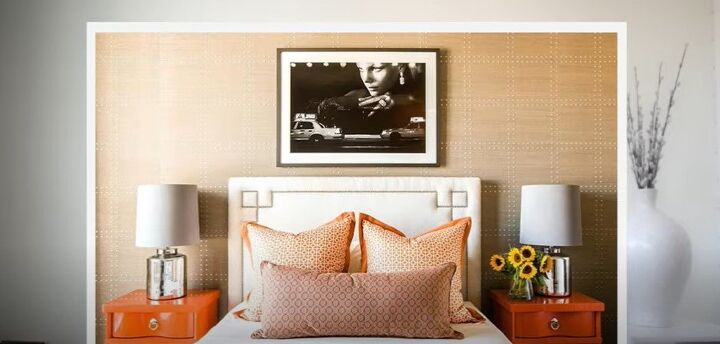











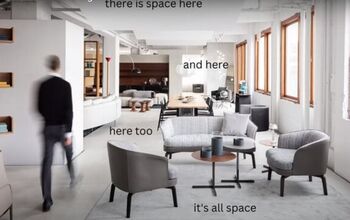


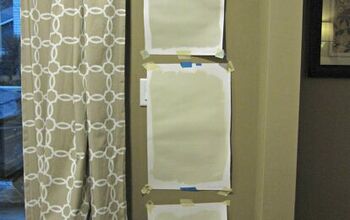
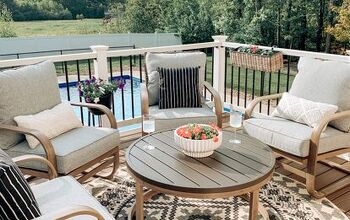
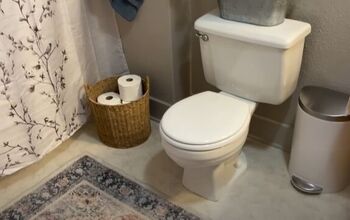


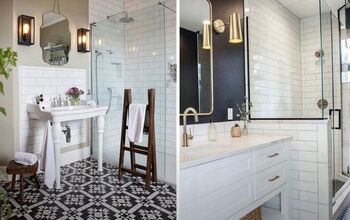
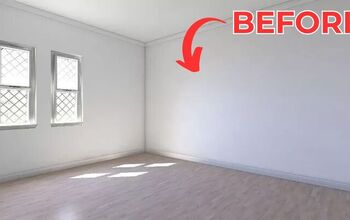

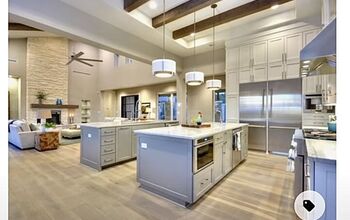


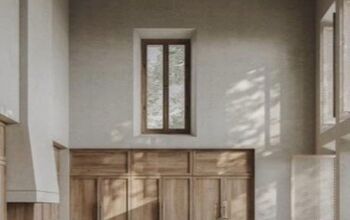



Comments
Join the conversation